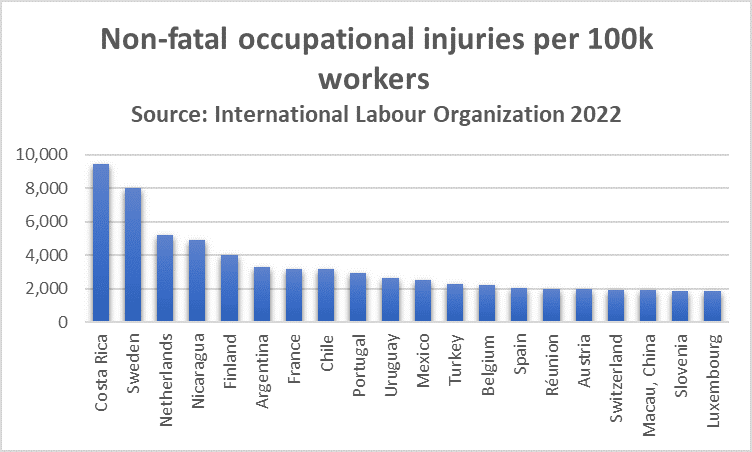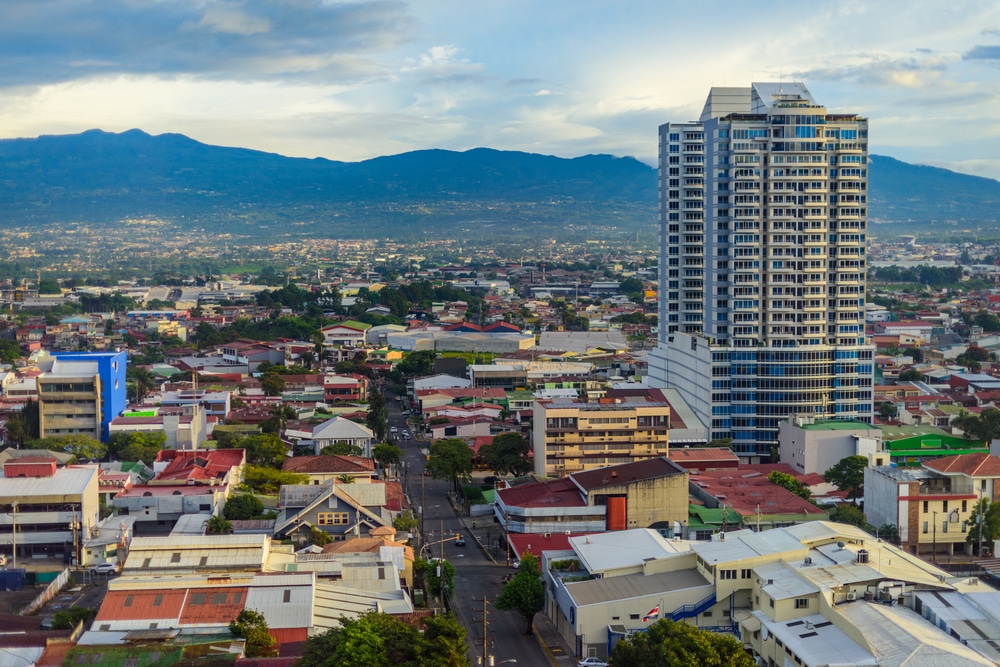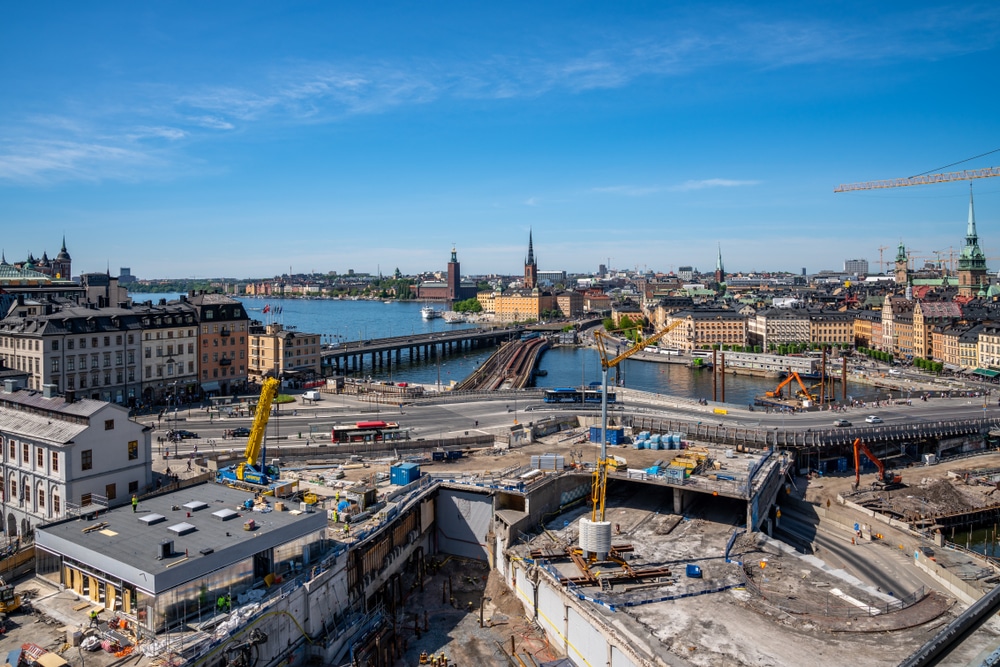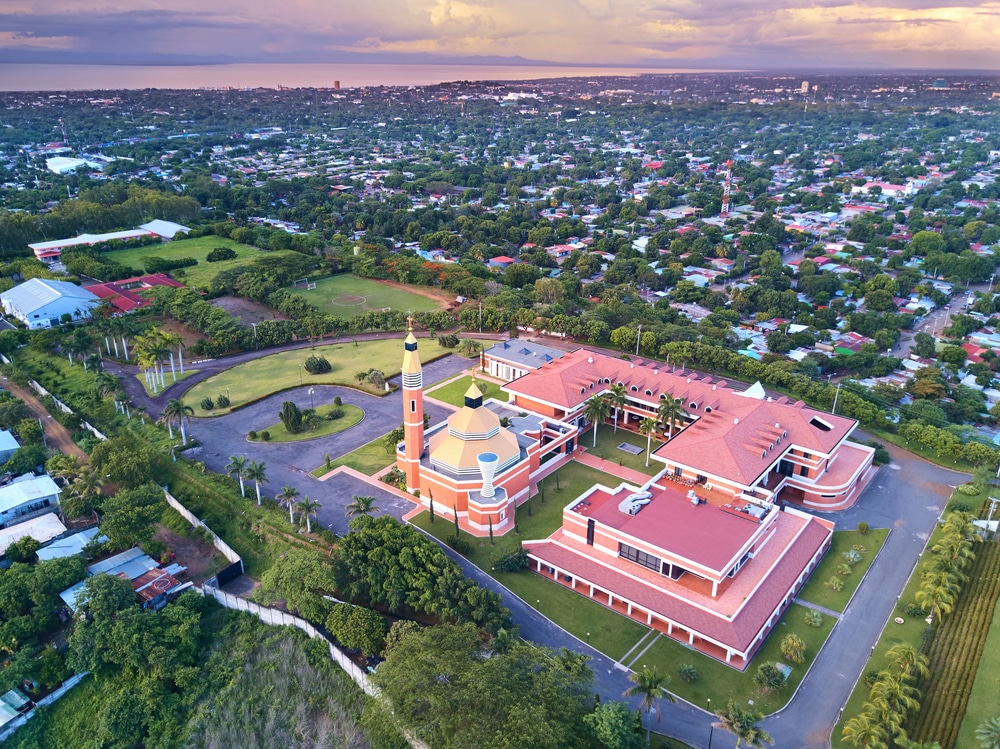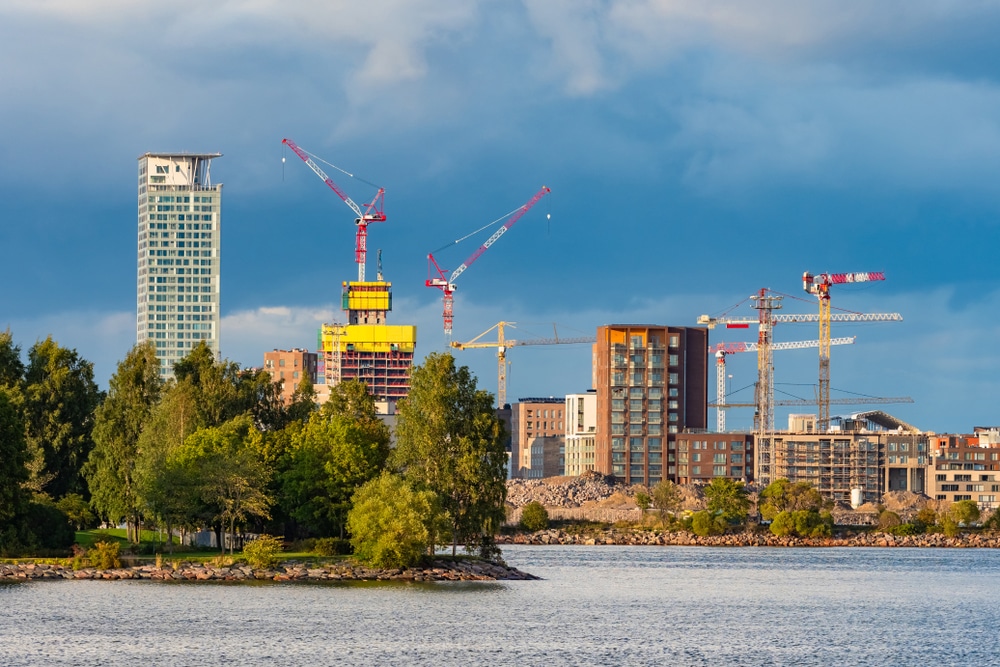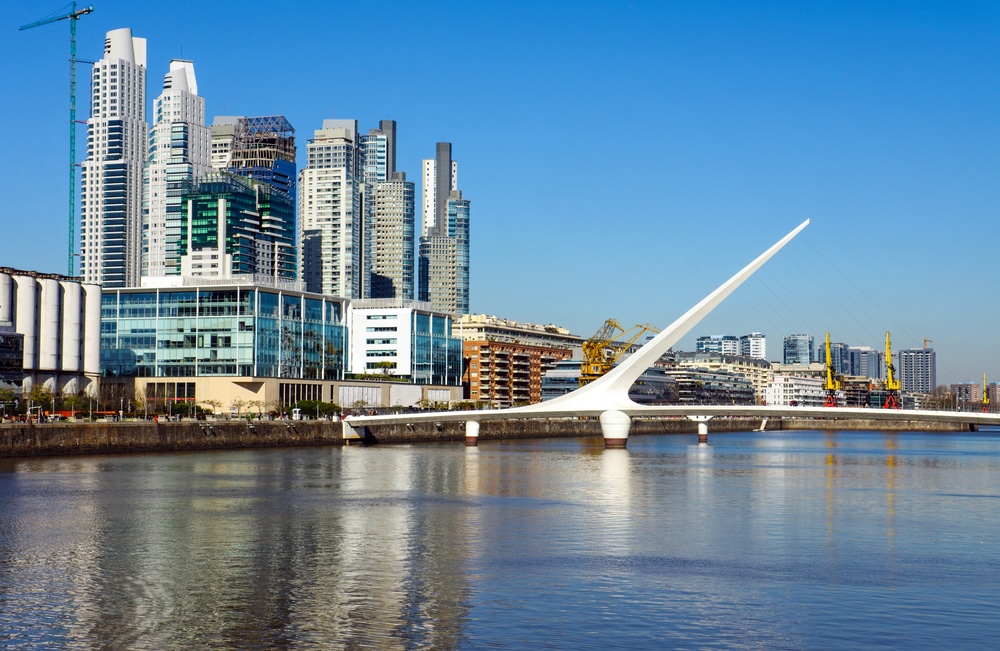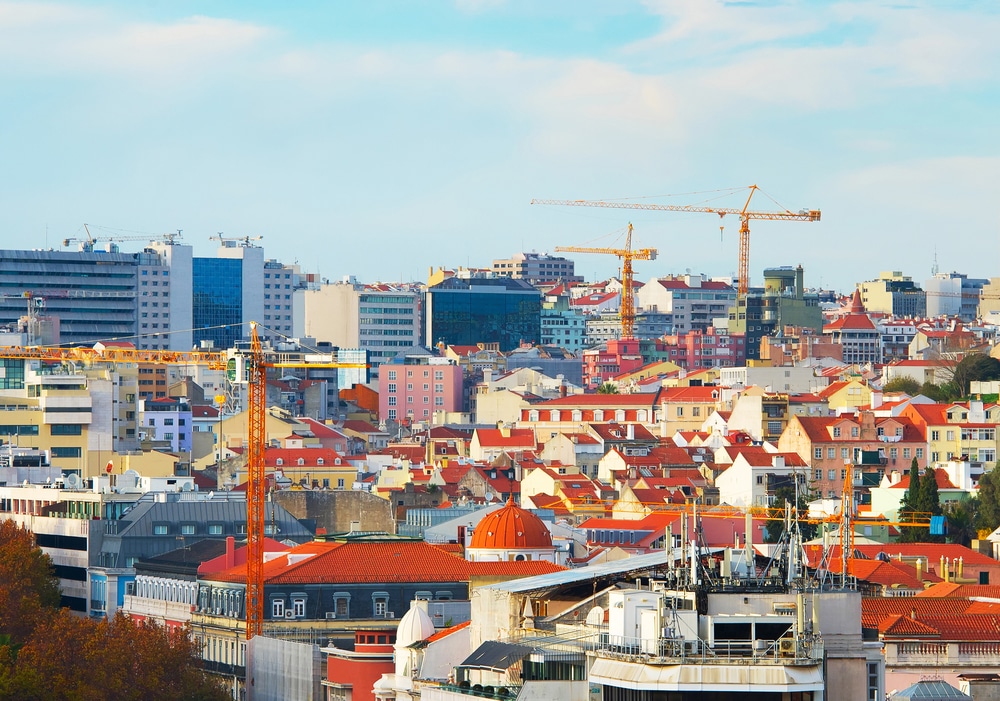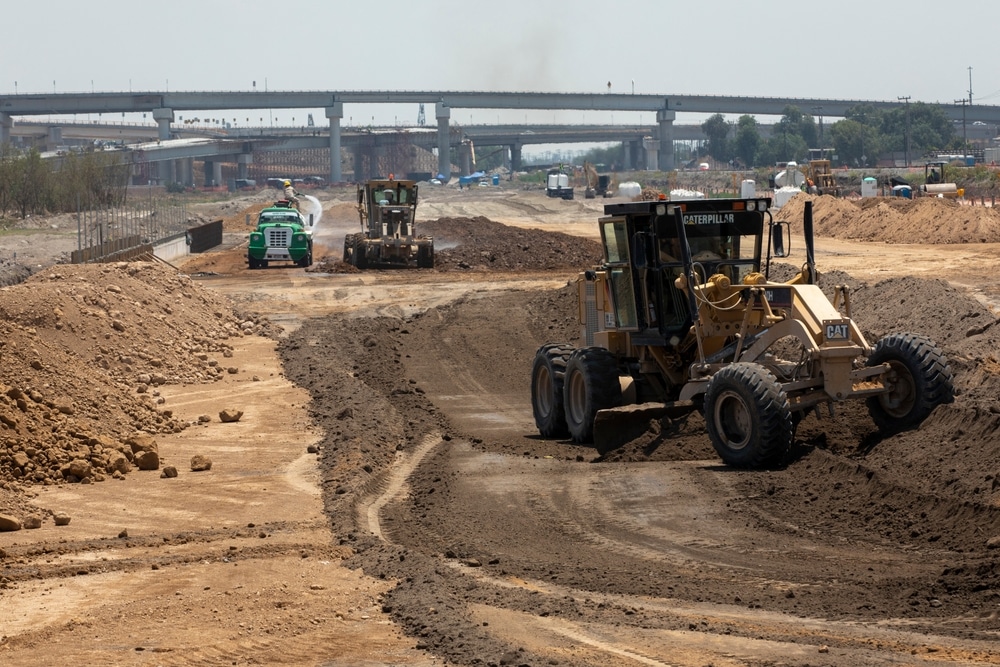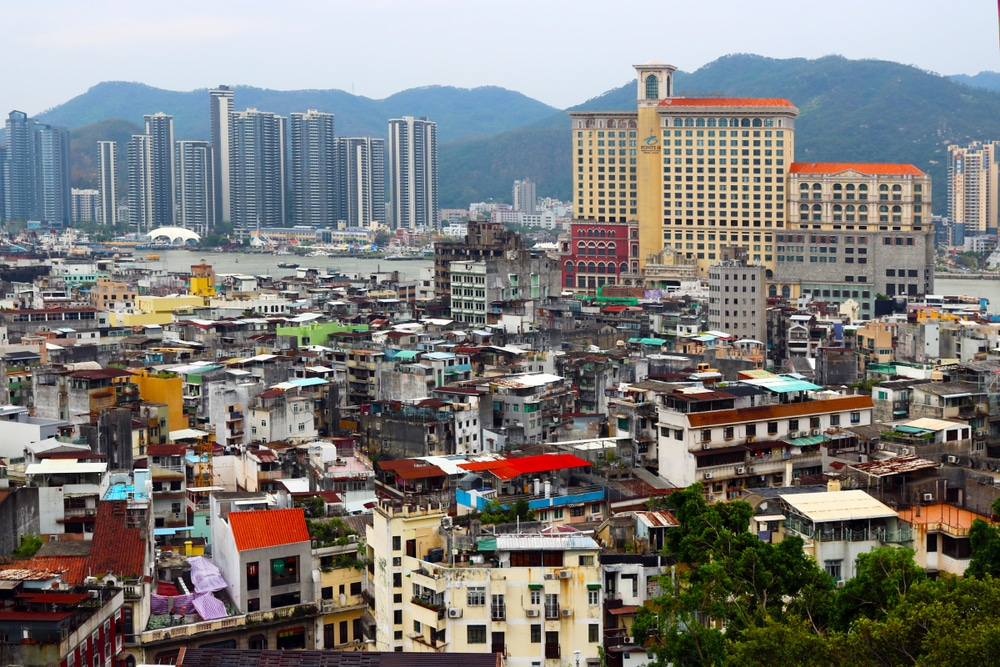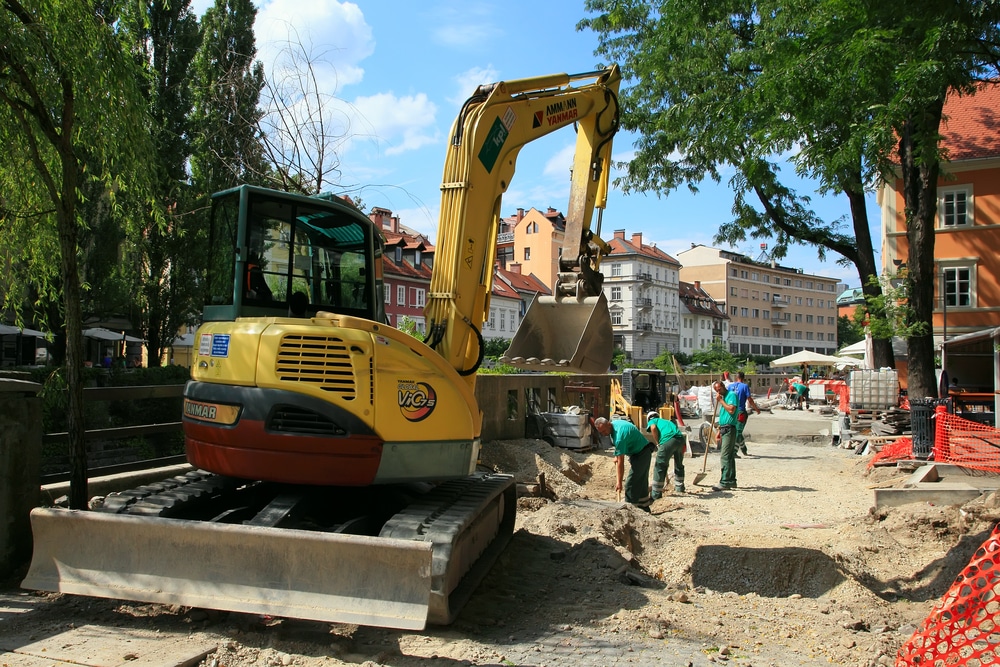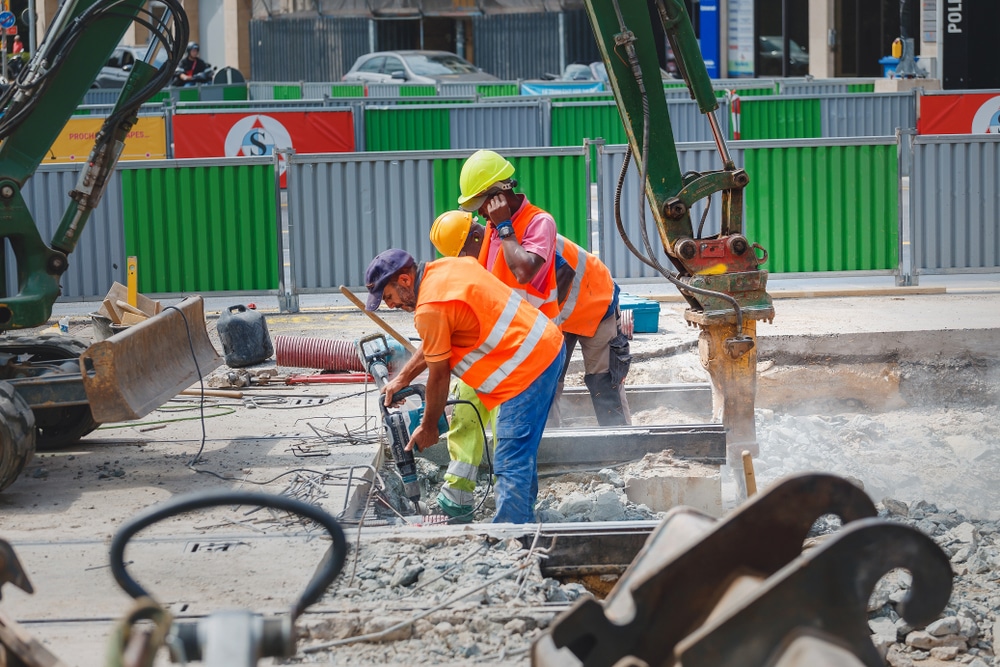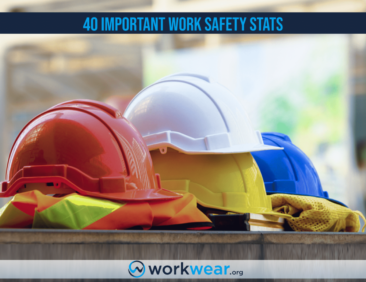Top 20 Countries with Most Nonfatal Occupational Injuries
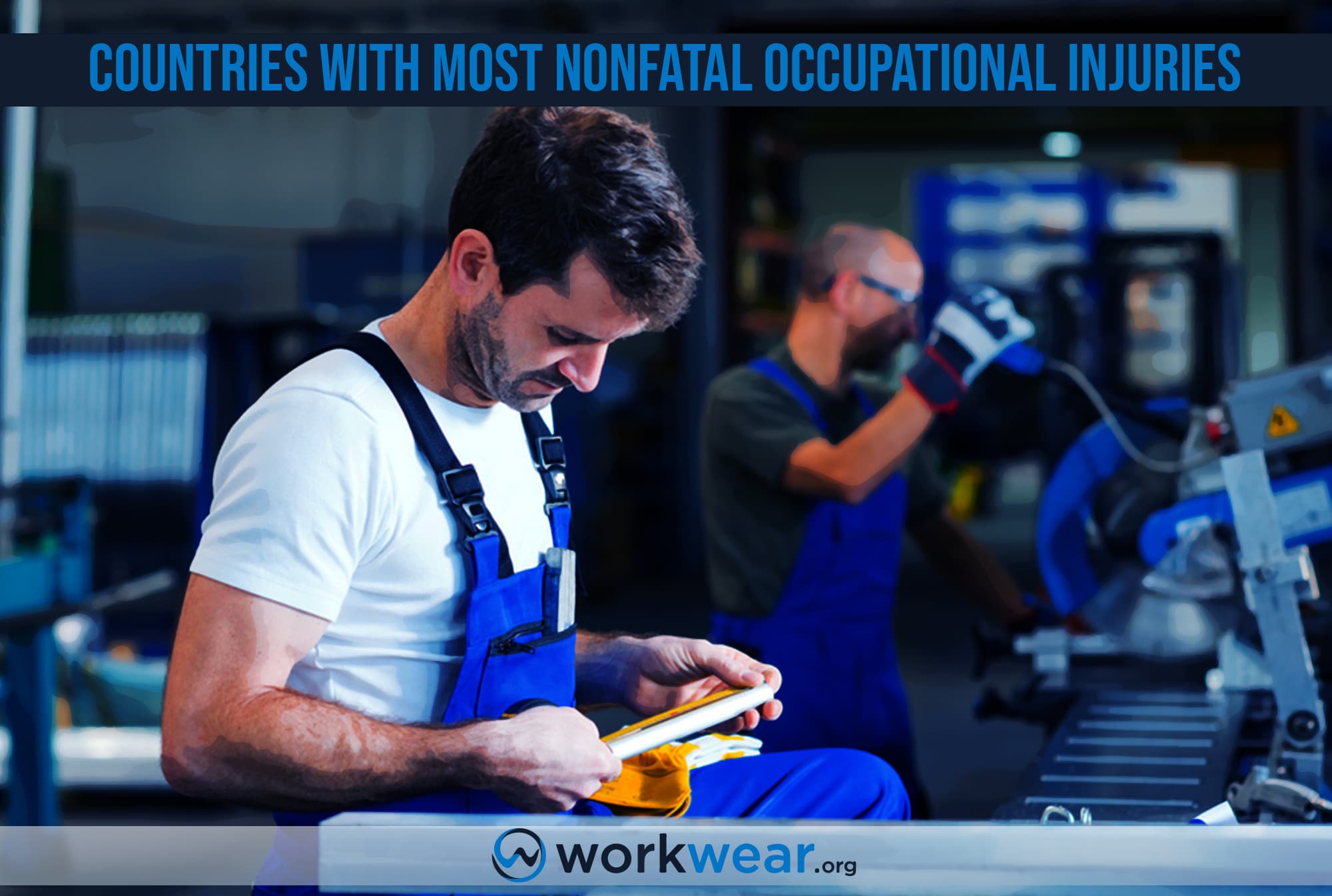
Occupational injuries are a major concern for workers worldwide, leading to lost work days, medical expenses, and reduced productivity. While some injuries can be fatal, many more result in nonfatal but significant harm. Some of the most common nonfatal injuries are caused due to slips, trips, and falls at the workplace.
This article will look closely at the countries with the highest rates of nonfatal occupational injuries, exploring the factors contributing to these incidents.
Countries with the Most Nonfatal Occupational Injuries
Here is a list of the top 20 countries with the most number of nonfatal occupational injuries in the world.
According to data from the International Labour Organization (ILO), as shown in the graph, Costa Rica is among the top countries with the highest number of nonfatal occupational injuries worldwide. The 20 countries, in descending order, are given below.
1. Costa Rica
Population: 5.154 million
Labor force: 2,426,145
GDP: $113 billion (2022)
Nonfatal injuries per 100K workers: 9,421
Costa Rica is a Central American country known for its stunning natural beauty, rich culture, and vibrant eco-tourism industry. Located between Nicaragua and Panama, Costa Rica boasts an array of tropical forests, pristine beaches, and active volcanoes, attracting millions of visitors annually. However, the country is among the top countries with the most fatal and nonfatal occupational injuries in the world.
The most common reasons for these nonfatal injuries include commuting accidents and occupational diseases, such as accidental poisonings with medicines or drugs, railway accidents, traffic accidents, accidents caused by fire, etc.
2. Sweden
Population: 10.32 million
Labor force: 5,555,561
GDP: $603.92 billion
Nonfatal injuries per 100K workers: 8,005
Sweden is located in Northern Europe, known for its strong welfare state, progressive social policies, and high standard of living. With its stunning natural beauty, forests, lakes, rugged coastlines, and vibrant cities, Sweden has much to offer both residents and visitors.
However, the country still lacks basic occupational safety enforcement, as it is rated with the most fatal and nonfatal occupational injuries. Common injuries are traffic injuries, falling, fire-related incidents, poisoning, and drowning.
3. Netherlands
Population: 17.2 million
Labor Force: 9,902,465
GDP: $1012.85 billion
Nonfatal injuries per 100K workers: 5,200
The Netherlands is a small country in northwestern Europe, known for its flat landscape, picturesque canals, and progressive social policies. The country is renowned for its strong economy, driven by various industries, including agriculture, technology, and finance. But due to a lack of occupational safety, the Netherlands is among the countries with the most nonfatal occupational injuries worldwide. Common causes include falls, road traffic injuries, fire, and poisoning.
4. Nicaragua
Population: 6.82 million
Labor force: 3,042,491
GDP: $40 billion
Nonfatal injuries per 100K workers: 4,891
Nicaragua is located in Central America. The country has a rich history, a long cultural and artistic expression tradition, and a complex political past marked by periods of instability and conflict. Also, Nicaragua is ranked with the most fatal and nonfatal occupational injuries. Common reasons include slips, trips, falls, traffic injuries, fire, etc.
5. Finland
Population: 5.56 million
Labor Force: 2,819,540
GDP: $281.4 billion
Nonfatal injuries per 100K workers: 4,025
Finland is located in Northern Europe, known for its natural beauty, high standard of living, and innovative technology. With its vast forests, thousands of lakes, and rugged coastline, Finland is a natural paradise that attracts outdoor enthusiasts worldwide. But the country is among those with the most number of nonfatal occupational injuries. Common injuries include burns, farmer’s accidents, commuting accidents, etc.
6. Argentina
Population: 46.3 million
Labor Force: 21,206,029
GDP: $1.024 trillion
Nonfatal injuries per 100K workers: 3,310
Argentina is located in South America. Its population is over 46 million, and its capital city is Buenos Aires. Argentina is known for its rich cultural heritage and diverse geography, including the Andes mountain range, the Pampas grasslands, and the Iguazu Falls. The country is rated among the countries with the most nonfatal occupational injuries. Common injuries include road traffic injuries, skin diseases, poisonings, falls, interpersonal violence, etc.
7. France
Population: 67.9 million
Labor Force: 31,132,290
GDP: $688.9 billion
Nonfatal injuries per 100K workers: 3,160
France is located in western Europe. It is known for its rich cultural heritage, history, and iconic landmarks, such as the Eiffel Tower and Notre Dame Cathedral. The country is also famous for its cuisine and fashion. However, France is among the top 20 countries with the most nonfatal occupational injuries. Common reasons for nonfatal injuries include carrying heavy loads, breathing in dust, traffic accidents falls, handling dangerous or poisonous products, burns, etc.
8. Chile
Population: 19.6 million
Labor Force: 8,684,417
GDP: $310.97 billion
Nonfatal injuries per 100K workers: 3,142
Chile is located on the western coast of South America. It is long and narrow, stretching over 2700 miles from its northern desert to the southern glaciers. The country has a population of over 19 million and is rated among those countries with the most number of nonfatal occupational injuries in the world.
9. Portugal
Population: 10.27 million
Labor Force: 5,173,674
GDP: $367 billion
Nonfatal injuries per 100K workers: 2,954
Portugal is located on the Iberian Peninsula in southwestern Europe. Its population is over 10.27 million, and its capital city is Lisbon. The major destination in the country is its Algarve beaches. Despite being a culture-rich country with a thriving economy, it is rated among the countries with the most nonfatal occupational injuries. Most common workplace injuries include wounds, fractures, musculoskeletal disorders, or traumatic amputations.
10. Uruguay
Population: 3.5 million
Labor Force: 1,702,310
GDP: $82 billion
Nonfatal injuries per 100K workers: 2,654
Uruguay is part of the Southern Cone region of South America. It is a South American country known for its beach-lined coast and verdant interior. The capital city is Montevideo, with Spanish being the country’s official language. Also, Uruguay is rated as the 10th country with the most nonfatal occupational injuries in the world. Causes of occupational injuries are classified, including being struck by falling objects, falls, overexertion, etc.
11. Mexico
Population: 132.43 million
Labor force: 56,132,488
GDP: $1.27 trillion
Nonfatal injuries per 100K workers: 2,529
Mexico is in North America, with the United States to its north and Belize and Guatemala to its south. It ranks 11th in the world in terms of population, with approximately 130 million inhabitants. Mexico City is the capital, and Spanish is the official language of Mexico. Unfortunately, it is among the top 20 countries with the most fatal and nonfatal occupational injuries in the world, with 7.7 fatalities per 100K workers and 2529 nonfatal injuries per 100K workers.
12. Turkey
Population: 86.68 million
Labor force: 32,554,211
GDP: $943 billion
Nonfatal injuries per 100K workers: 2,296
Turkey, officially known as the Republic of Turkiye, is a pancontinental country with a larger portion located on the Anatolian Peninsula and a small area on the Balkan Peninsula in Southern Europe. It has a rapidly growing economy; however, the country has its fair share of fatal and nonfatal occupational injuries, with 2296 nonfatal injuries per 100K workers. Some of the nonfatal occupational injuries include slips, trips, and falls.
13. Belgium
Population: 11.58 million
Labor force: 5,240,308
GDP: $613 billion
Nonfatal injuries per 100K workers: 2,235
Belgium is located in Northwestern Europe and bordered by the Netherlands to the north and Germany to the east, with Luxembourg and France to the southeast and southwest, respectively. The country has a population of over 11.5 million which makes it the 22nd most populated country worldwide. Also, the number of nonfatal occupational injuries in Belgium accounts for 2,235 per 100K workers. Nonfatal occupational injuries in Belgium result in cuts, fractures, burns, and loss of limb, hearing, or eyesight.
14. Spain
Population: 47.4 million
Labor force: 23,381,693
GDP: $1.897 trillion
Nonfatal injuries per 100K workers: 2,043
Spain is located in southwestern Europe and has parts of its territory in the Atlantic Ocean and across the Mediterranean Sea. It has a population of over 47.4 million and is the most populated country in Europe. The capital and largest city of Spain is Madrid. Furthermore, the country is rated among the top 20 countries with the most nonfatal occupational injuries in the world.
15. Réunion
Population: 904.9 thousand
GDP: $22 billion
Nonfatal injuries per 100K workers: 1,989
Reunion is an island in the Indian Ocean and is known as an overseas department and region of France. It has a population of over 904.9 thousand people and is an integral part of the French Republic. Despite being a small island with a very small population, Reunion accounts for 1,989 nonfatal occupational injuries.
16. Austria
Population: 9.05 million
Labor force: 4,660,820
GDP: $506 billion
Nonfatal injuries per 100K workers: 1,952
Austria is a landlocked country bordered by Germany to the northwest, Slovakia to the northeast, and the Czech Republic to the north. The country has a thriving economy and is the fourteen richest in the world regarding GDP per capita. However, Austria may lack occupational safety, as it is among those countries with the most nonfatal occupational injuries in the world.
17. Switzerland
Population: 8.7 million
Labor force: 4,963,476
GDP: $629 billion
Nonfatal injuries per 100K workers: 1,904
Switzerland, also known as the Swiss Confederation, is located in Europe, surrounded by Western, Central, and Southern Europe. The majority of Switzerland’s population of 8.7 million people resides on the Swiss Plateau, where major cities like Zürich, Geneva, and Basel are located and where the economy is centered. Switzerland is among the top 20 countries with the most nonfatal occupational injuries and accounts for 1,904 injuries per 100K workers. Most common injuries are caused due to falls, road traffic, drowning, fires, and poisoning.
18. Macau, China
Population: 0.7 million
Labor force: 404,520
GDP: $30.12 billion
Nonfatal injuries per 100K workers: 1,891
Macau is a small, densely populated territory located on the southeast coast of China near Hong Kong. It is a special administrative region (SAR) of the People’s Republic of China, covering just over 30 square kilometers, and has a population of around 700,000. Despite its small size, Macau is rated as the country in the world with the most fatal and nonfatal occupational injuries.
19. Slovenia
Population: 2.11 million
Labor force: 1,035,817
GDP: $62.191 billion
Nonfatal injuries per 100K workers: 1,868
Slovenia, officially known as the Republic of Slovenia, is located in Central Europe. It is predominantly mountainous, covered in forests, spans 20,271 square kilometers, and has a population of 2.1 million. Slovenia is a highly developed country with a high-income economy and a high ranking on the Human Development Index. However, the country is among the top 20 countries with the most nonfatal occupational injuries and accounts for 1,866 injuries per 100K workers.
20. Luxembourg
Population: 0.64 million
Labor force: 333,946
GDP: $82 billion
Nonfatal injuries per 100K workers: 1,866
The Grand Duchy of Luxembourg is a small, landlocked country in Western Europe. With an area of 2,586 square kilometers, it is one of the smallest European countries and does not qualify as a microstate. In 2022, its population was 645,397, making it one of the least populated countries in Europe. The country ranks last in the top 20 countries and has the least number of nonfatal occupational injuries compared to others in the list.
Takeaway
Workplace injuries are a serious concern that affects a significant number of workers across the world. These incidents occur in various countries, including both developed and developing nations. A list of the top 20 countries with the highest frequency of nonfatal workplace injuries has been compiled, where Costa Rica tops the list, and Slovenia and Luxembourg rank the lowest with fewer fatalities per 100K workers.
FAQ
- What are nonfatal injuries?
- A nonfatal injury is one in which the victim survives but may need to take time off from work for one or more days. On the other hand, a severe nonfatal injury at work is an incident that occurs at work and leads to the victim being absent from work for more than three days. It may result from exposure to a harmful external force, substance, or submersion, such as mechanical, thermal, electrical, chemical, or radiant. The injury could be accidental or caused by violence.
- Which country has the most work accidents?
- Costa Rica has the most workplace accidents, with 9,421 nonfatal injuries per 100K workers.
- What is the most common nonfatal injury in the UK?
- Nonfatal injuries caused due to slips, trips, and falls are most common among workers in the UK.
- Which industry has the largest number of nonfatal work injuries?
- The construction and transportation industry has the largest nonfatal work injuries globally.
- Which country has the lowest accident rate?
- Iceland has been considered the most peaceful country since 2008, with zero work fatalities per 100K workers. Also, Malta and San Marino have the lowest accident rate for occupational incidents.
678+
Products Reviewed
24+ Years
Combined Experience
500+ Hrs
Field Testing
